- SKERRIES, CO.DUBLIN
About The Town Of Skerries, Co.Dublin, Ireland.
Skerries is a sea-side town lying on the east coast of Ireland.The name Skerries was derived from the Norse word meaning group of rocky islands. Skerriesis a thriving fishing town with a lot to offer to the tourist. It is situated 18 miles from Dublin City Centre . The airport and ferry ports are quickly and easily accessible.Dublin Bus operates a public transport system for Skerries to the centre of Dublin . Skerries has also a rail service which will now runs 7 days a week . These two transport systems allow access to onward travel in Ireland. The population of Skerries is growing daily mainly to the fact that it is now one of the most desirable locations to live in the greater Dublin area. Many new housing developments have sprung up to cater for the demand.
Skerries is a regular entrant in the Tidy Towns competition and each year receives a very favourable placing . This is due to the consistent and hard working committee. Skerries was a Gold Medal winner in the European Entente Florale. The restoration of the old water mill and the on-going restoration of the two wind mills in close proximity to the water-mill have also earned Skerries an award in the National Heritage Award scheme .The water-mill is now open to the public since early June 99. Skerries has many amenities which are enjoyed by both resident and visitor alike. Its long sandy beaches , (patrolled by life-guards in the summer months) secluded harbour awash with pubs and restaurants , three islands off shore
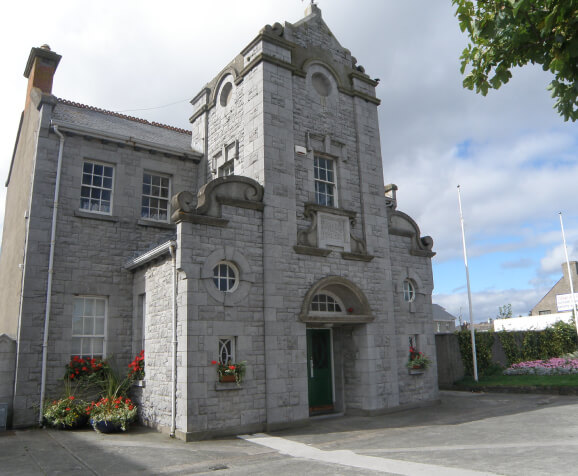
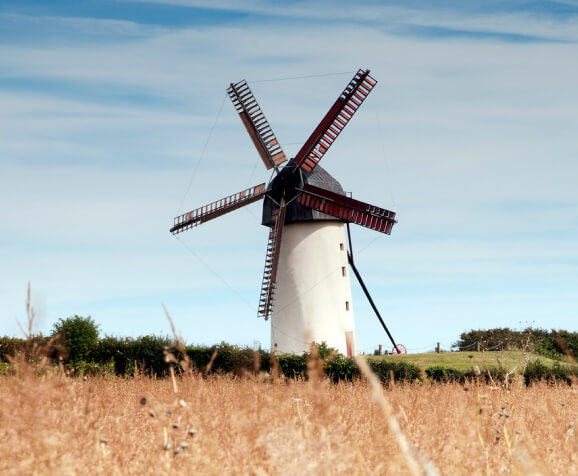
- CIANAN CLANCY
Welcome From Cianan Clancy
Welcome to the official visitor information & accommodation reservation web site for Skerries, Co.Dublin, Ireland. This web site offers you all the information you need for your holiday or short break in Skerries, the small fishing town and seaside capital of Fingal, Ireland.
You can use this site to find visitor information on a range of topics such as the culture of Skerries. You can learn about Skerries Mills, local museum’s, theatres and art galleries in the area. There is even a short history on Saint Patrick, Skerries most famous visitor. VisitSkerries is also proud to offer visitors lessons in the Irish language through our Gaeilge section. For the petrol heads out there this site can be used to get details of the legendary TT Races held in Skerries every Summer. We have also haven’t forgotten the necesscary information so we have sections on the following topics directions, maps, a virtual tour and an updated photo gallery. For web visitors who want to have some fun you can complete our quiz…
Read More
Of course information isn’t the only thing that you’ll find on this site, you can also book a range of accommodation online, from youth hostels to guesthouses, B&Bs and self catering units. We try to cater for every taste and every budget. Remember because you deal directly you don’t get charged any handling fee or any excess charges. We also guarantee the lowest prices for accommodation in the town.
If you want to keep in touch with what’s going on in Skerries, you can read our Local News articles. For people who call Skerries their home, we have the Community pages, where you will find various polls, volunteering information and any essential local information. For any non nationals relocating to Skerries, we also offer a free Welcome Information Pack for download and if required free English Training Courses.
Here at VisitSkerries we love feedback and would also love to hear your stories of what you remember of Skerries please send them in using our feedback section or leave a message in our Guestbook If you are feeling lucky why dont you enter our monthly competitions. You can win a weekend away in Skerries or you can submit a local restaurant review and have a chance of winning a meal out at a local restautant of your choice.
Finally, there is, we hope, a flavour of this great town that runs through this web site. Skerries is not a town easily quantified; measurements don’t suit it.
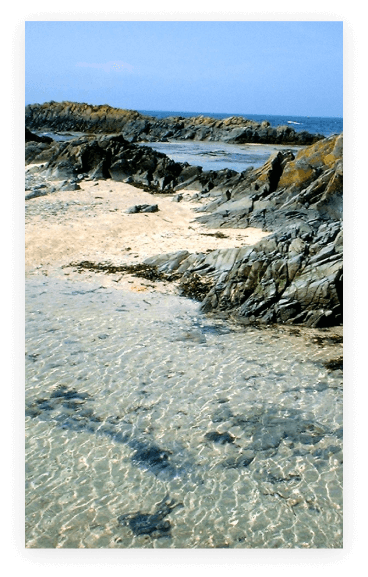
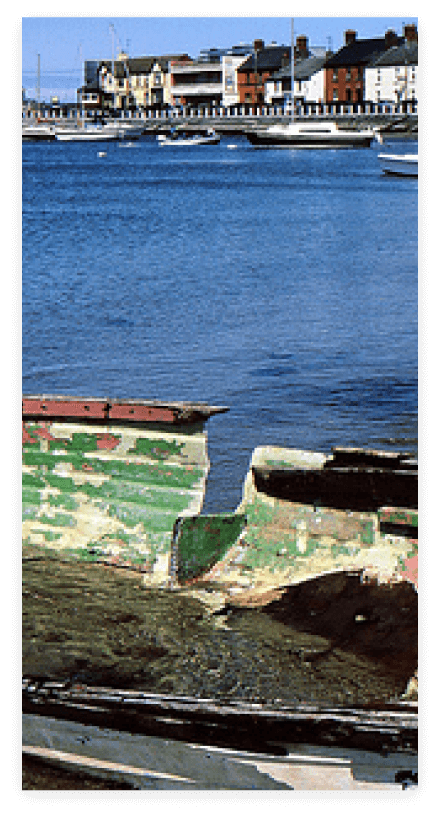
- OVERVIEW
Overview Of Architecture In Skerries
The history of Ireland is evident in the structures found throughout Skerries. Much of the town today can be traced back to plans laid out by the Hamilton family, who purchased the lands in and around Skerries from the Earl of Thomand in 1721. The focal point of the town centre is the Skerries Monument. The towering obelisk was erected between 1863 and 1865 by tenants of James Hans Hamilton, a member of the County Dublin Parliament for 22 years. Through his landlord agent, Hamilton would reward his tenants with a half crown for every vote. Voting then was done in public before a secret ballot was introduced in 1872, and the payment was substantial for the time.
Carnegie Library on Church Street is one of the most elaborate buildings in Skerries. Constructed in 1910 using local Milverton limestone, the library is named after Scottish-American industrialist Andrew Carnegie. Next door is St. Patrick’s Church, a Catholic Church consecrated in 1939. The limestone church replaced one built in 1832, although the belfry remains as the bell tower. Andrew Power, one of Ireland’s leading sculptors at the time, was commissioned to create the carving of St. Patrick for the façade. After protests against the original design with the Saint on a goat, the sculpture was changed to feature St. Patrick standing on a Celtic scroll. Locals felt the original design would serve as an unpleasant reminder of the Saint’s goat being eaten by the town’s residents.
In comparison to the dark and sombre interior of St. Patrick’s Church, the gothic revival Holmpatrick Church of Ireland features an ornate interior with neo-medieval decoration. Built from local limestone in 1865, it sits near the ruins of the site’s original church that was built in 1790. The remains of the old tower still stand over a graveyard overlooking the present-day church. The gothic Methodist Church on Strand Street has a rose window above an arched wooden door. The simple stone church was built in 1872…
Read More
Stone-ground milling in Skerries dates back to the early 16th century. The Skerries Town Park is the site of the Skerries Mills, where you will find two heritage windmills and a stone watermill (www.skerriesmills.org). The windmills date from the 16th and 18th centuries, with the older mill sitting above a prehistoric fort on the town’s highest point. The second windmill, known as the Great Windmill of Skerries, features a five-sail design and is a popular symbol for Skerries. Guests can explore the mills and a large mill pound, quiet cornfield, and wet lands. At the four-storey watermill, you can attempt grinding and see an operating waterwheel. A café and a craft shop, as well as exhibits, are located at the watermill. Open year-round, guided tours of the mills are available daily.
Two granite Martello towers rest on Red Island and Shenick Island. The word Martello finds its origins in Corisca and the headland of the French island, Mortella, where towers defended approaches to the Gulf of Fiorenza. After an assault on Corsica in 1794, British military authorities impressed with the towers’ design commissioned a long chain of similar structures along the coasts of Ireland to prevent an invasion from France. Each tower has thick walls, a guardroom, an ammunition store, and a platform for cannons at the top. Over the years the tower on Red Island has been used as a private dwelling, tearooms, and a holiday camp.
A solitary tower and eroding walls are all that remains of Baldongan Castle, an imposing 13th century Anglo-Norman fortress. The ruins sit on a hill overlooking Loughshinny, a village south of Skerries. Erected on the site of an ancient fort, the castle was built by the Knights Templar. The castle had four square towers on each corner, one of which still stands. Two others were destroyed during the Confederacy Wars in 1642. The remains of a 15th century church rests adjacent to the castle.
To the northwest of Skerries is Ardgillan Castle
(www.ardgillanskerries.com), a lavish country-style house with castellated features dating from 1738. The ground floor rooms and kitchens are open to visitors, while the upper level is used for exhibitions. The grounds include trails through woodlands, and gardens with various species of roses, a Victorian conservatory, native Irish plants and a ‘Four Season’s garden with flowers that bloom at various times of the year. There is also a walled Victorian-styled kitchen garden with fruits, vegetables and flowers.
- CULTURE
Skerries Culture
Lorem ipsum dolor sit amet consectetur. Lacus tellus vel tortor faucibus nec diam. Sed tempus sed duis felis non arcu.
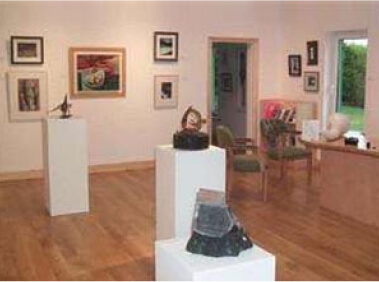
Art In Skerries
Skerries has a rich art heritage. Learn about Skerries artists and art galleries.
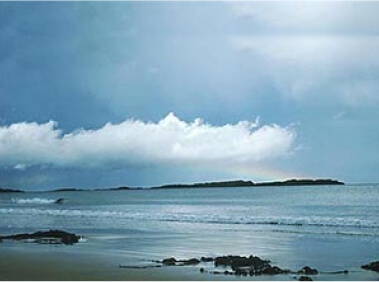
St.Patrick
Skerries was St.Patricks first settlement in Ireland. Learn about why Ireland’s Patron Sai…
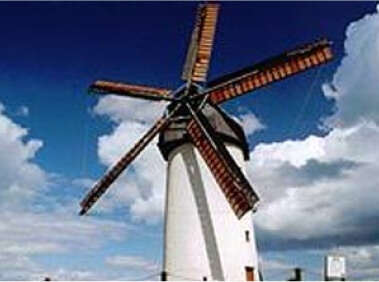
Skerries Mills
Skerries Windmills date back to the 16th century. Learn more at the award winning…

Skerries Drama
Learn about Skerries rich theatre productions and the history of the Little…
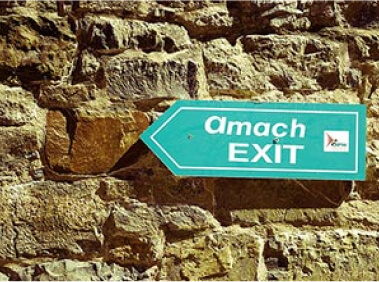
Learn Some Irish
Want to learn the basic of the Irish Gaeilge language click here to learn more.

Get The Dublin Pass
Skerries is just 20km from Dublin City. Get access to Dublins Top 30 Attractions free.


- ST.PARTRICK
Skerries And St.Patrick
The footprint of Christianity in Skerries dates back to the 5th century and is strongly linked to the life of Ireland’s most famous visitor, St. Patrick. Born in Wales at the end of the 4th century, St. Patrick was taken prisoner by Irish raiders when he was 16. After being brought to Ireland, he lived as a shepherd and became a devout Christian. Hearing the voice of God telling him to leave Ireland, Patrick escaped his captors and returned home following six years of captivity. After 14 years spent studying to become a priest, he returned to Ireland to convert the local population.
In 432, St. Patrick visited Skerries and forever left an impression. According to legend, St. Patrick sailed north towards Skerries after being expelled by pagans in Wicklow. He landed on a small offshore island, where he settled and continue his work. The island is now known as St. Patrick’s Island. With him on the island was his companion, a goat. While St. Patrick ventured to the mainland in an effort to convert locals to Christianity, residents of what would become Skerries stole, killed and devoured St. Patrick’s goat
Read More
Upon realizing his goat was missing after returning to the Island, the irate Saint used Colt Island and Red Island to make two leaping strides towards the mainland. On Red Island, locals tried to deny they had knowledge of the goat’s fate but could only muster moans. Their voices returned when they prepared to share the truth about the goat’s demise. At the tidal bathing area of Red Island, you can still see an impression supposedly left by St. Patrick’s foot.
Today, St. Patrick’s Island is a testament to the history of Christianity in Skerries. After St. Patrick left Skerries for Ulster, a monastic settlement was founded on the island in the 6th century. The mission was sacked and burned by Vikings in 797, one of several occasions where the monastery was attacked. With the number of monks diminishing, the monastery was re-founded in 1120 by Augustinian monks from Denmark. In 1148, the island hosted an important synod called by Saint Malachy, the Archbishop of Armagh, to resolved differences between Irish Christians and the Pope. The monastery was eventually moved to the safety of the mainland in the 13th century, forming the Priory of Holmpatrick.
The remnants of the monastery and the ruins of a 12th century church still rest on St. Patrick’s island. A lone window frame stands as a reminder of the island’s connection to St. Patrick and the evolution of Christianity on the British Isles. Similar footprints to the one found on Red Island can also be found on St. Patrick’s Island, as well as Colt Island. The reputed footprints may have been made by St. Patrick’s followers who innocently chiselled footprints to serve as reminders of where the visitor stood. Through the centuries, people may have come to believe they were his actual footprints
- HISTORY
Know The History Of Skerries
Lorem ipsum dolor sit amet consectetur. Lacus tellus vel tortor faucibus nec diam. Sed tempus sed duis felis non arcu.

Early writers tell how an island off Skerries was used as a landing place for an invasion ...

From the earliest times Skerries was used as an anchorage because of its excellent ...

Red Island has always played an important part in the life of Skerries ...
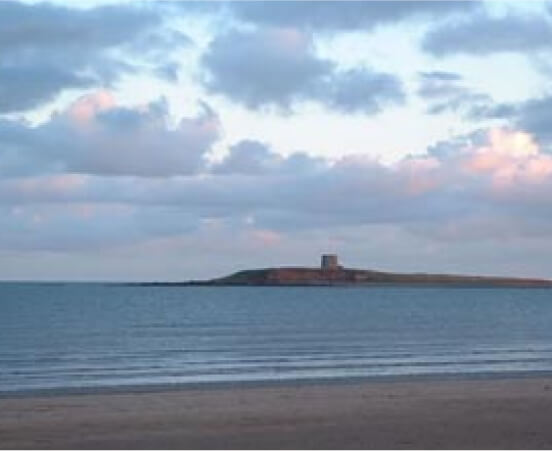
Shenick is the largest of the islands and can be approached on foot at low tide ...
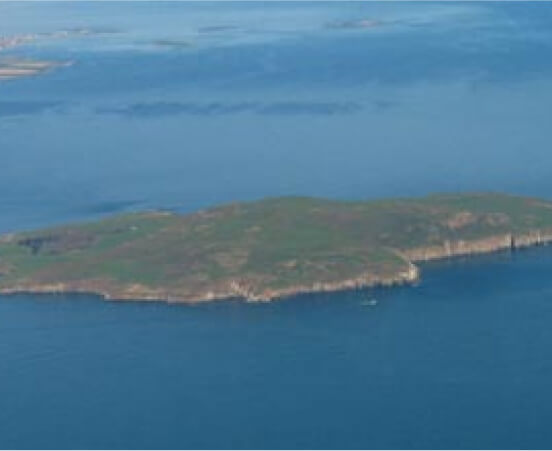
Lambay Island is situated about six miles from Skerries. It is the largest island ...
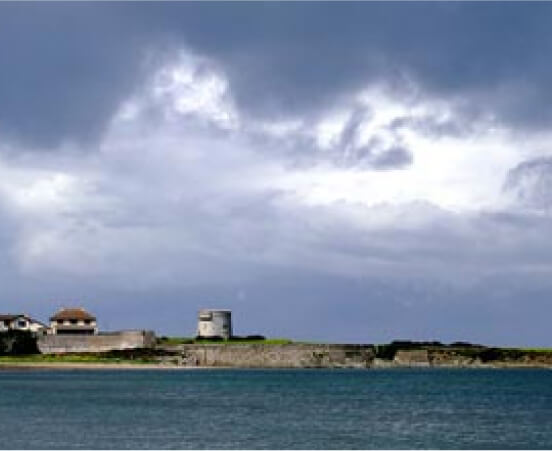
There are two Martello Towers in Skerries, one on Red Island and the other on Shenick ...

